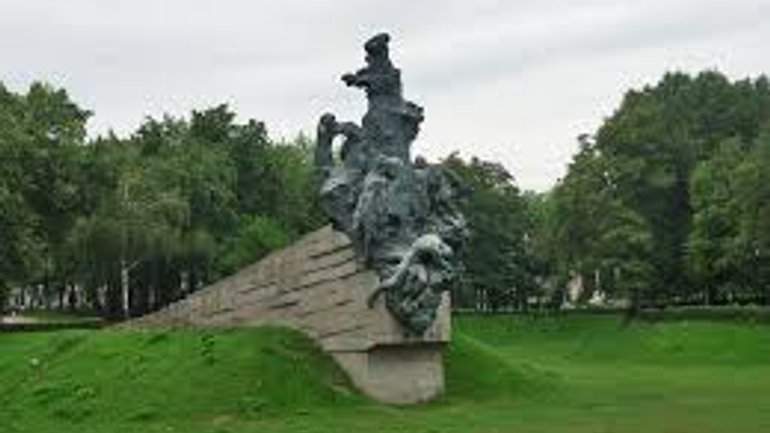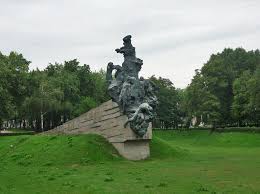Various forms of national memory should be united in Babyn Yar


Now in Babyn Yar, there are already about 30 monuments of the tragedy of 1941-1943, but they appeared spontaneously and do not form part of any joint architectural and landscape idea. A good option would be to create a certain ensemble of monuments, where everyone involved in these events can write their own piece.
Such an opinion was expressed by Yosef Zisels, a co-founder of the Association of Jewish Public Organizations and Communities of Ukraine, on the air of the project “Historical Truth with Vakhtang Kipiani” (Saturday, 22:00 on ZIK television channel).
“No one set himself the task of preserving the memory of the tragedy of Babyn Yar to unite all the victimized groups. It is about different formats of national memory, and it is necessary to give the right to every social group that sees itself as the keeper of memory of the part of those who perished in Babyn Yar, to do this,” says Joseph Zisels.
He also expressed his idea of a memorial to the victims of the tragedy of 1941-1943.
“When it comes to a general memorial, for example, I have been saying, for example, for almost 15 years, that I would like to see not a common memorial, but an architectural and landscape ensemble where each group can insert its monument. But they will all be united by a single idea,” says co-founder of the Association of Jewish Community Organizations and Communities of Ukraine.
Then, according to him, this will be a common memory for the citizens of Kyiv, citizens of Ukraine and even beyond its borders. And at the same time, each of the elements will satisfy exactly the group that would like to see its monument in Babyn Yar.
“Now there are about thirty different monuments, but they emerged spontaneously, and united as a joint architectural and landscape idea. So far, this is not an element of shared memory,” explains the public figure.
In addition, he explained why the idea of unity surrounding the preservation of the memory of the tragedy at Babyn Yar has never been realized.
“There are actually many different aspects. For example, in the Jewish community itself there is no unity in the thoughts that need to be done in Babyn Yar. Every idea that has arisen over the past decades is faced with the fact that it is perceived differently. There are supporters, but there are always those who deny it. And last year, when we were preparing for the 75th anniversary of this tragedy, different views on each of the ideas appeared again,” said the dissident.









